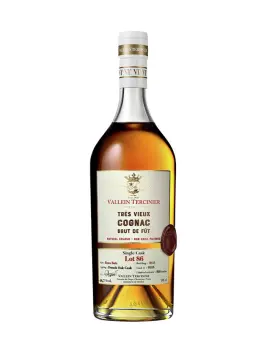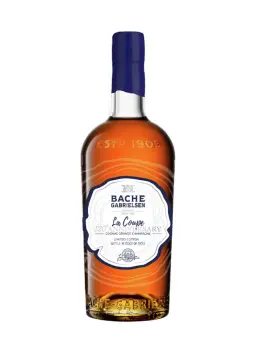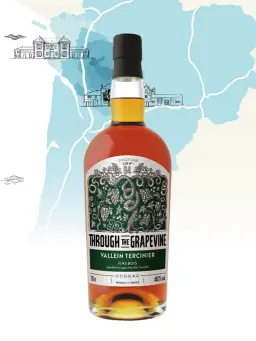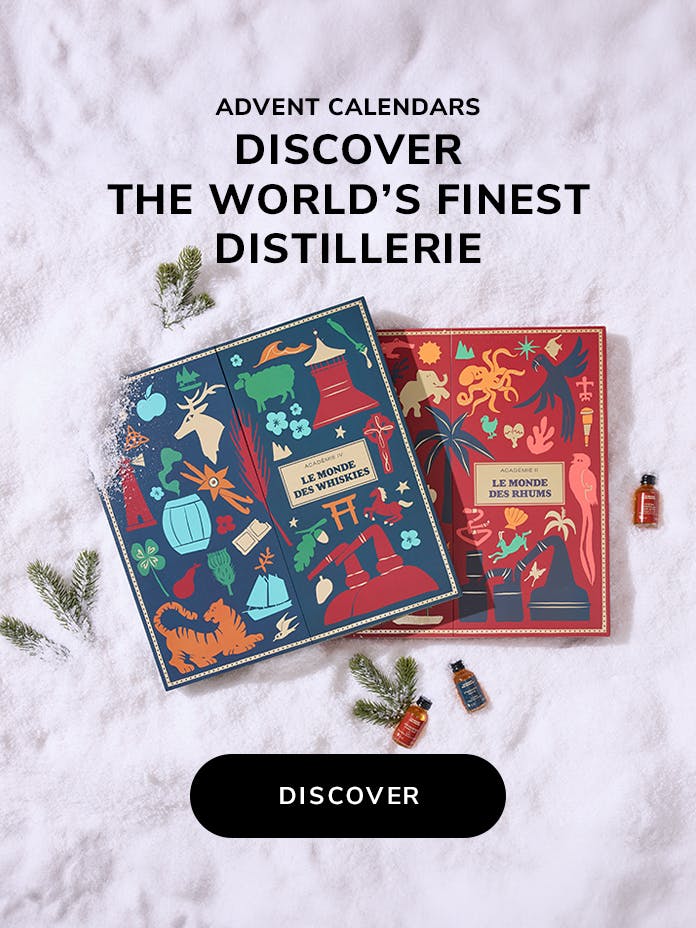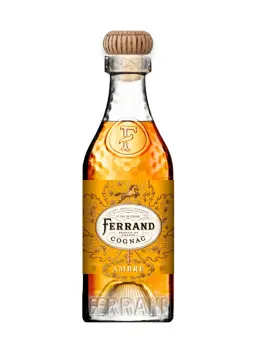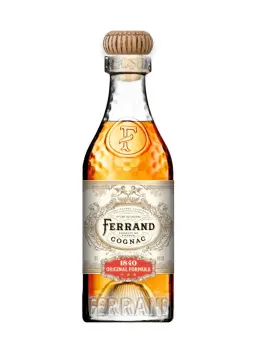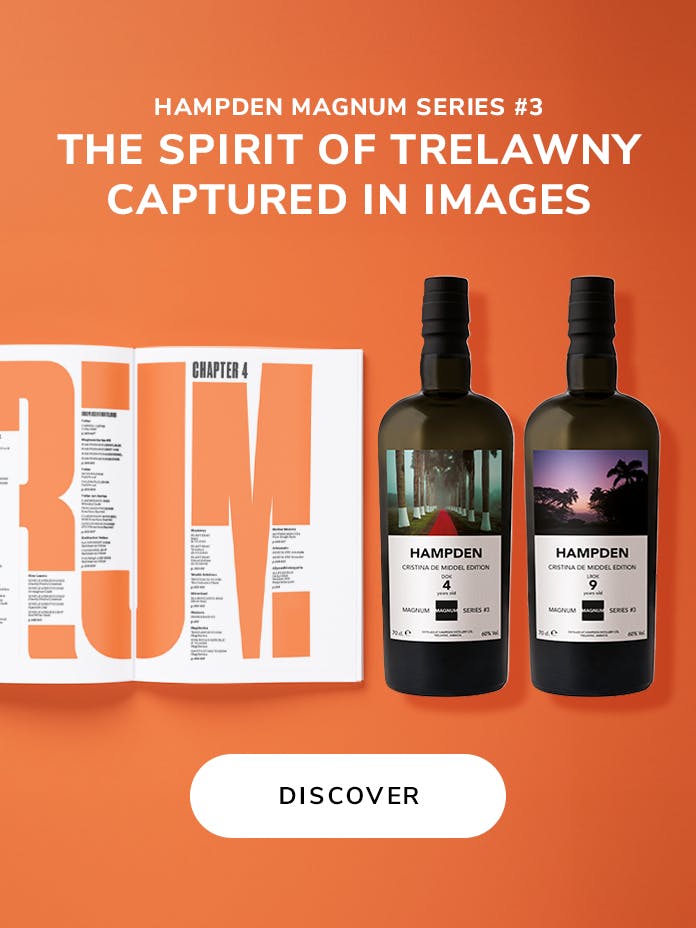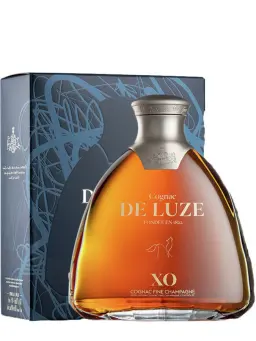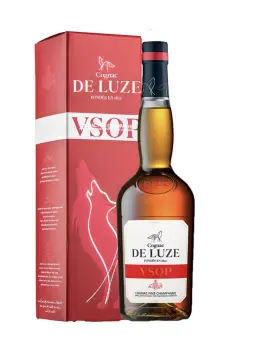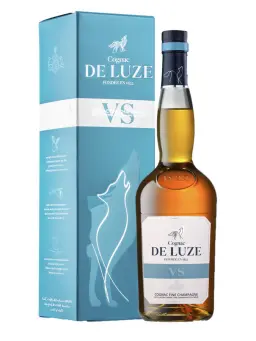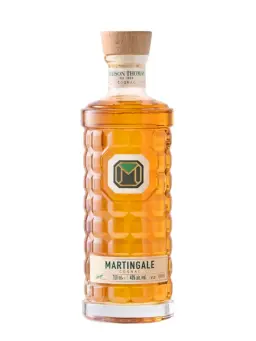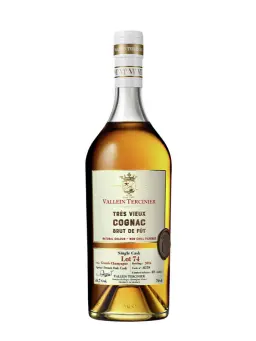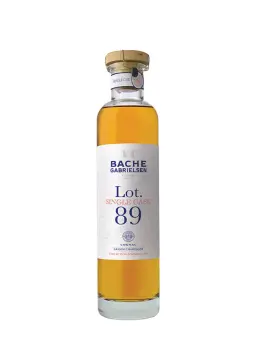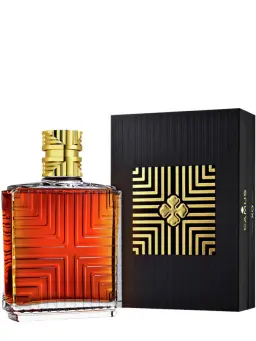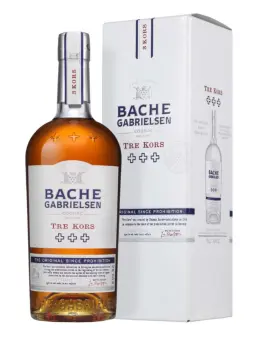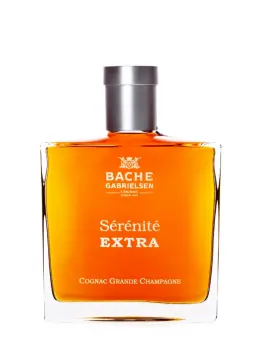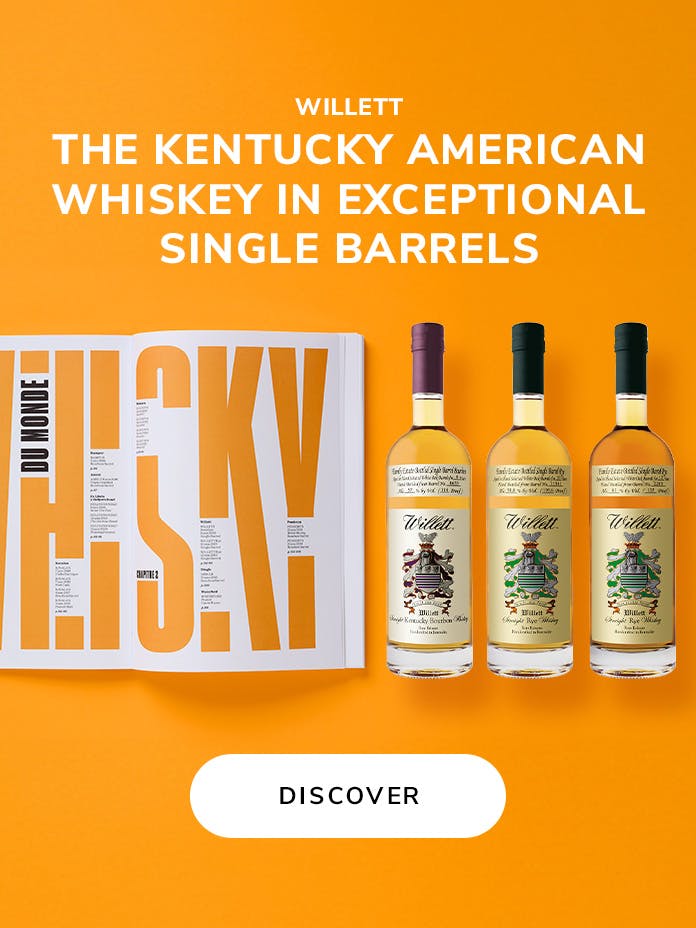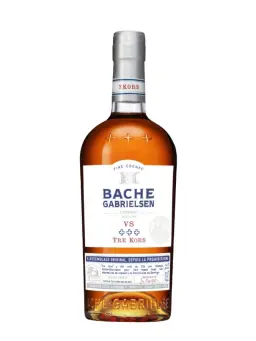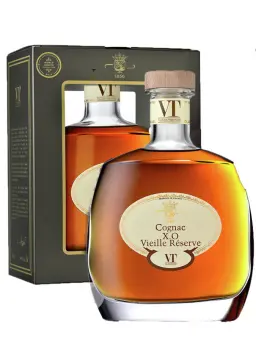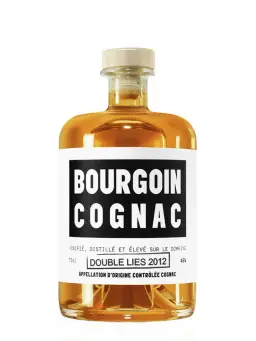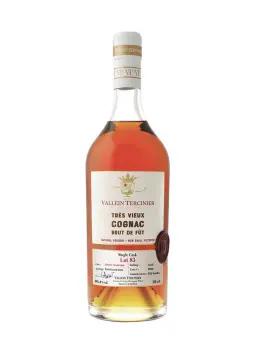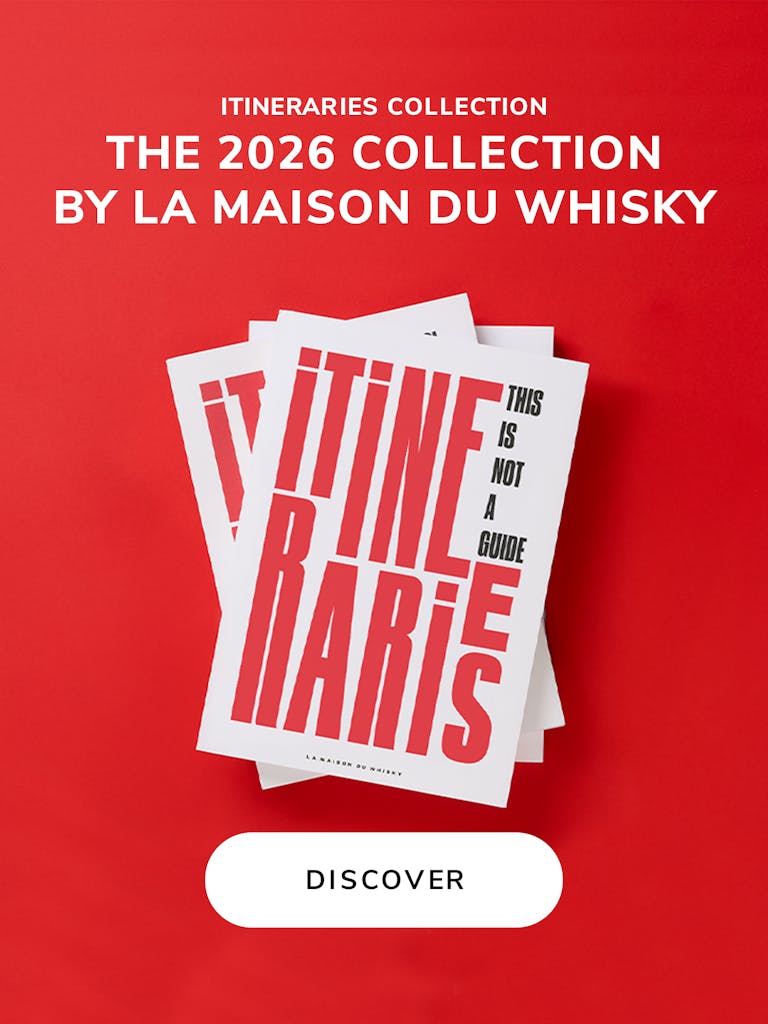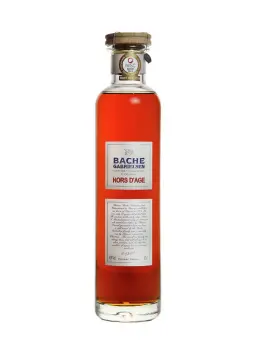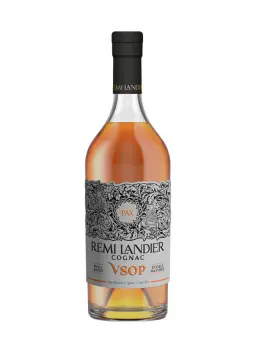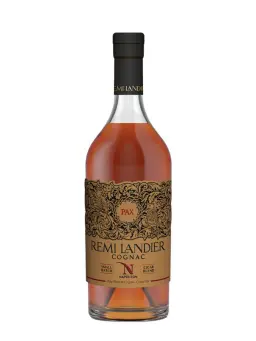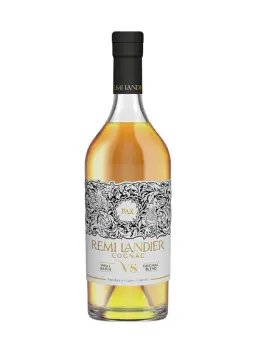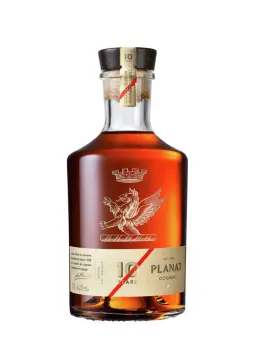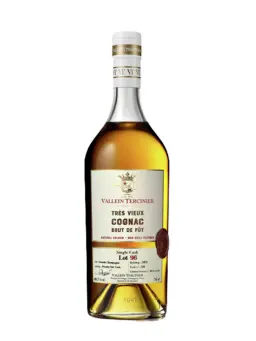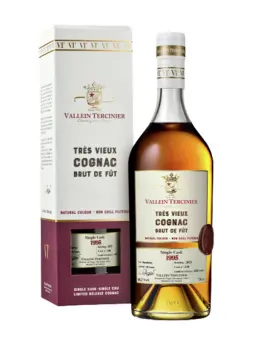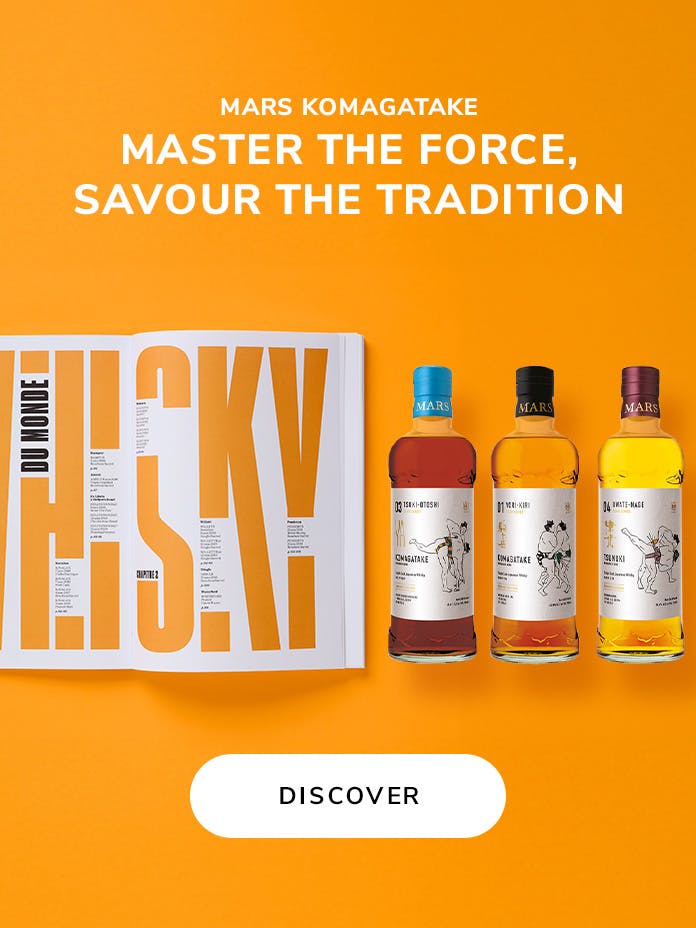Cognac
Cognac, renowned worldwide for centuries, is an iconic wine-based spirit produced in the French region that bears its name. Protected by an Appellation d’Origine Contrôlée (AOC) since 1936, cognac is divided into six distinct terroirs: Grande Champagne, Petite Champagne, Borderies, Fins Bois, Bons Bois, and Bois Ordinaire. An additional designation, Fine Champagne, refers to blends of Grande and Petite Champagne. Distilled in traditional pot stills, cognac is now primarily a blended spirit crafted to express the finesse and elegance of its base wines. It is categorized into three main types based on aging time: XO (Extra Old), VSOP (Very Superior Old Pale), and VS (Very Special). Cognac is also used in the creation of certain liqueurs, such as Grand Marnier, a blend of bitter orange distillate and cognac. Explore cognac brands like Hennessy, Camus, Pierre Ferrand, and Rémi Landier.
BACHE GABRIELSEN 1993 45.2%
COGNAC FERRAND Ambré 40%
DE LUZE XO Fine Champagne 40%
MARTINGALE Cognac 40%
GROSPERRIN 27 ans Bon Bois 52.4%
CAMUS XO Carafe Prestige 40%
BACHE GABRIELSEN Hors d'Age 40%
PLANAT 10 ans bio 40%
BACHE GABRIELSEN 2001 46.4%
Recognized and appreciated as one of the world’s finest and most refined spirits, cognac is a symbol of French elegance. Aging in oak barrels enhances the fruity and floral notes of this wine-based spirit, giving it complexity and subtle woody tones. It’s the art of blending, mastered by the prestigious cognac houses, that brings balance and nobility to the drink. Names like Rémy Martin, Hennessy, Martell, Ferrand, Camus, Delamain, and many others showcase this unique expertise worldwide.
6 Crus and a Heritage of Expertise
Cognac is primarily produced in the Charente and Charente-Maritime regions, as well as a few areas in Dordogne and Deux-Sèvres. The AOC (Appellation d'Origine Contrôlée) area extends around the town of Cognac across six crus, each representing a distinct terroir:
- Grande Champagne, the most renowned;
- Petite Champagne;
- Borderies;
- Fins Bois;
- Bons Bois;
- Bois Ordinaires.
This is where the vineyards grow white grapes, primarily Ugni Blanc, along with Folle Blanche and Colombard, which may also include small amounts of:
- Montlis;
- Sémillon;
- Select;
- Meslier Saint-François;
- Jurançon;
- Folignan.
These grapes produce a light, acidic, and cloudy white wine, called "vin de chaudière", with an alcohol content of 8-11%. While not pleasant on its own, it is perfect for distillation and aging. These critical steps showcase the producers' expertise, recognized as part of France's intangible cultural heritage.
Stills and Oak Barrels
The distillation process is ancient and highly regulated. The wine must be distilled twice in a "Charentais still." The first distillation produces the "brouillis," which is then distilled again for the "bonne chauffe," keeping only the "heart" of the distillation. The distiller’s skill, combined with the wine and terroir, defines the unique character of the resulting spirit. The spirit, at approximately 70% ABV, is aged in French oak barrels, exclusively from Limousin or Tronçais, and left to mature in the region's cellars to develop and refine its exceptional flavors.
The Benefits of Time
Are the Cellars Really Covered in Soot?
Cognac producers carefully choose the locations of their cellars, often near water sources or in valleys that offer a favorable microclimate. These centuries-old cellars are covered in a black fungus due to the humidity and the evaporating cognac vapors, known as the "angel's share."
In these cellars, the cognac matures for at least two years, gradually developing its golden color and complex aromas. Over time, tannins soften the spirit, enhancing its delicate flavors with woody, varnish-like notes. As the years pass, its rich complexity unfolds.
Three Main Classifications, No Age Statements
Cognac doesn’t usually indicate an exact age, as the final product is often a blend of spirits of varying ages. The youngest spirit determines the age. There are three main categories:
- VS: The youngest component is aged at least 2 years;
- VSOP: The youngest component is aged at least 4 years;
- XO: The youngest component is aged at least 10 years.
Good to Know: An Aged Blend
There is a higher category: "Hors d'âge," indicating that while it technically falls under the XO category, the average age of the blend is at least 30 years, sometimes up to 50 years!
The Art of Blending
When transferring from barrel to bottle, the master blender’s expertise truly shines. This craftsperson selects and blends spirits of different ages, terroirs, and even distilleries to achieve the perfect balance. An XO cognac may contain over 150 different spirits!
The blender might highlight a single terroir, like Grande Champagne or Borderies. A bottle labeled "Fine Champagne" indicates a blend of Grande and Petite Champagne (with Grande Champagne making up at least 50%). Vintage bottles showcase a specific production year, with all spirits originating from that year. When an exceptional barrel is found, the master blender may choose to bottle it alone, sometimes even at cask strength.
This delicate and intricate craft is passed down through generations, with some blenders undergoing 20 years of training under their predecessors.
Cognac is more than just a spirit; it’s a marriage of winemaking, distillation, and the craftsmanship of the master blender. As a product of historical terroirs and preserved traditions, cognac is celebrated globally for its excellence. Experience a bottle of history and explore this national treasure on our dedicated page.
What Fruit is Used for Cognac?
Cognac begins with grapes, specifically white grapes, which give the spirit its fruity notes. Historical varieties include Folle Blanche, Colombard, and Montils, but after the phylloxera outbreak in 1875, Ugni Blanc (or Trebbiano) became the dominant grape variety.
What Alcohol is in Cognac?
Cognac is a distilled spirit, an eau-de-vie. The wine used has an alcohol content of around 9%. After two distillations, the heart of the spirit, kept for aging, has an ABV of about 70%. Over time, the alcohol content decreases by about 1% per year (the angel's share). When bottling, the ABV is reduced to an ideal level, typically between 40% and 50%.
When and How to Drink Cognac?
A noble and elegant spirit, cognac is often enjoyed on special occasions and with good company. It pairs well with desserts or even with cheese, particularly aged and strong varieties. To fully appreciate its flavors, use a small tulip glass. Cognac can also be enjoyed over ice or as a key ingredient in cocktails. Let your creativity flow!
